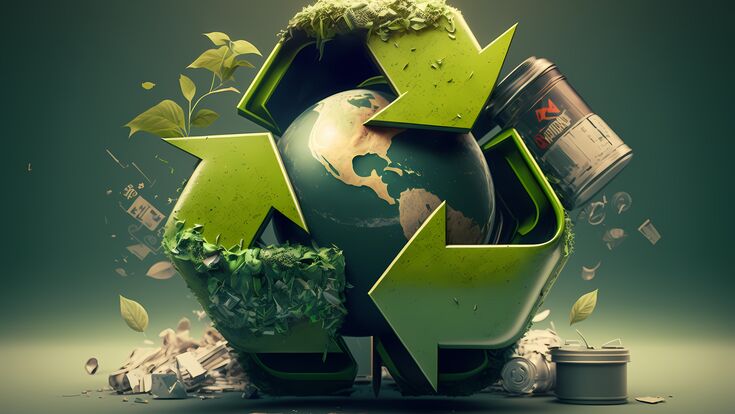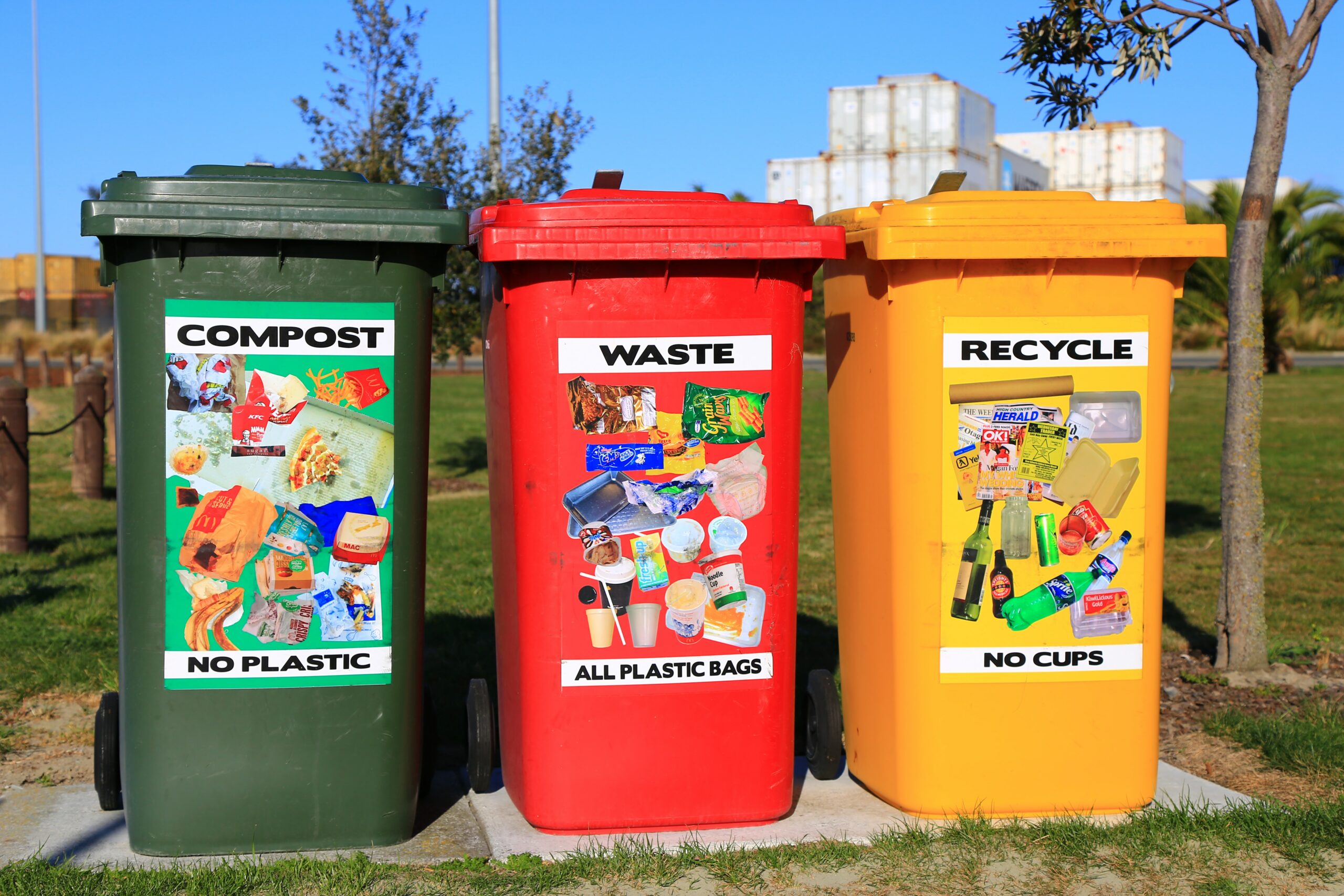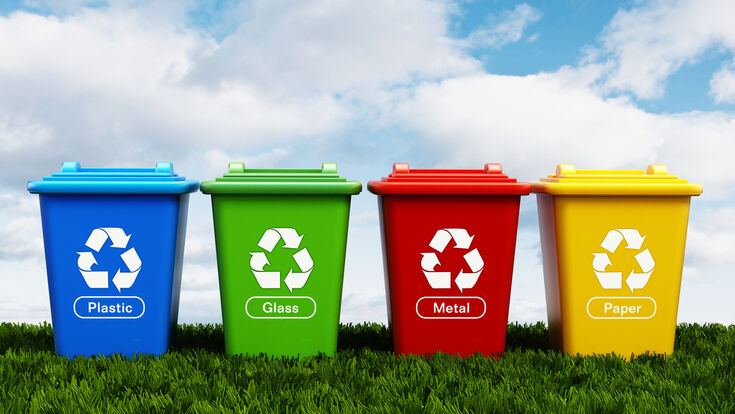Exploring Different Sorts Of Waste in Modern Waste Administration Equipment
The modern landscape of waste administration entails navigating a complicated selection of waste types, each calling for specialized handling and disposal approaches to reduce ecological effects. Municipal strong waste, contaminated materials, digital waste, and natural waste each present distinctive difficulties and possibilities for resource recuperation. Innovative solutions such as wise waste containers and waste-to-energy technologies are becoming critical devices in boosting performance and sustainability. Recognizing these waste types is necessary for promoting public recognition and motivating energetic involvement in sustainable techniques. What methods can effectively resolve these different sorts of waste while promoting a circular economic situation?
Municipal Strong Waste
Municipal solid waste, commonly described as household garbage or waste, includes a range of discarded materials produced by property, industrial, and institutional sources within a community. This waste stream normally consists of items such as packaging, food scraps, yard trimmings, paper, plastics, fabrics, and discarded family products. The monitoring of local solid waste is an essential component of city planning and public health, requiring reliable collection, transportation, and disposal systems.
Reliable waste management systems are made to reduce environmental influence while optimizing resource recuperation. This commonly entails a combination of techniques consisting of landfilling, recycling, and composting. Recycling programs target products like paper, glass, steels, and particular plastics, diverting them from land fills and reestablishing them into the production cycle. Composting organic waste, such as food scraps and lawn trimmings, not just lowers land fill usage however likewise produces valuable dirt amendments.
Districts have to also address the logistical and economic difficulties connected with waste administration. Executing pay-as-you-throw systems, improving public understanding, and buying modern technology can considerably boost waste diversion prices. By incorporating these methods, towns can foster sustainable neighborhoods, lower greenhouse gas discharges, and preserve natural deposits.
Contaminated Materials

Reliable contaminated materials administration entails several crucial actions: recognition, treatment, segregation, and disposal. Identification involves the classification of waste based upon its dangerous properties. Partition ensures that harmful products are saved independently from non-hazardous waste to prevent cross-contamination. Treatment approaches, such as chemical neutralization, incineration, and stabilization, are employed to reduce the poisoning, volume, or mobility of the waste. Disposal alternatives, consisting of safe and secure landfills and below ground storage space, are chosen to make certain long-term containment.
Governing structures, such as the Resource Preservation and Recuperation Act (RCRA) in the USA, supply guidelines and requirements for dangerous waste monitoring. Adherence to these regulations, combined with advancements in waste treatment technologies, is essential in mitigating the dangers related to dangerous waste.
Electronic Waste
Electronic waste, frequently referred to as e-waste, represents a quickly expanding difficulty in waste administration systems internationally. This kind of waste encompasses disposed of electronic gadgets and tools such as mobile phones, computers, tvs, and other electronic devices. The quick rate of technical innovation, combined with lowering product life-spans and consumer need for the most recent devices, has tremendously enhanced the volume of e-waste generated yearly.
E-waste is specifically bothersome due to its complicated composition, commonly including hazardous materials like lead, mercury, and cadmium, which pose considerable environmental and wellness threats otherwise properly taken care of. Conversely, e-waste likewise includes valuable products such as gold, silver, and copper, which can be recouped and reused. The dual nature of e-waste-- both harmful and valuable-- demands specialized handling, recycling, and disposal processes.
Efficient e-waste management entails rigid regulative frameworks, durable collection systems, and progressed recycling modern technologies. Public recognition and participation are important, as improper disposal methods, such as illegal dumping and casual recycling, aggravate ecological contamination and carcinogen. Subsequently, enhancing e-waste monitoring methods is essential for alleviating ecological impact and recouping important resources in a progressively digital world.

Organic Waste
Organic waste, comprising kitchen area scraps, yard trimmings, and farming residues, stands for a significant section of the worldwide waste stream. Your Domain Name This sort of waste is eco-friendly, implying it can be broken down by bacteria into easier natural compounds. In spite of its potential for natural decay, inappropriate monitoring of natural waste can cause negative ecological impacts, including the emission of greenhouse gases such as methane, which add to environment modification.
Efficient management of natural waste is essential for minimizing these ecological effects (recycling lives services). Composting is a widely embraced technique, transforming organic waste into nutrient-rich garden compost that can enhance soil health and wellness and farming performance. Furthermore, anaerobic digestion is an emerging innovation that transforms natural waste right into biogas, a renewable resource resource, and digestate, which can be utilized as fertilizer
Municipalities and waste administration entities should carry out durable organic waste collection and treatment programs to optimize the benefits of these processes. Public education campaigns can additionally play a critical duty in motivating homes and businesses to separate organic waste from various other kinds of waste. By focusing on the monitoring of natural waste, cultures can reduce garbage dump usage, lower greenhouse gas emissions, and create important by-products for farming use.

Cutting-edge Waste Administration
In the world of waste monitoring, ingenious techniques are changing just how cultures manage their refuse, intending for sustainability and performance. One popular technology is the implementation of smart waste bins geared up with sensors that check fill levels and enhance collection paths.
An additional significant development is the adoption of waste-to-energy (WtE) technologies. By transforming non-recyclable waste right into functional power through procedures such as incineration and anaerobic digestion, WtE try this website minimizes land fill worry and supplies a renewable resource resource. Moreover, improvements in chemical reusing permit the malfunction of complex plastics into their original monomers, allowing the development of new, top quality plastic items.
Furthermore, the circular economic situation design is obtaining traction, stressing the layout of products and systems that prioritize reusability and source efficiency. This all natural strategy encourages sectors to decrease waste generation from the start. Via these cutting-edge strategies, modern waste administration systems are not only resolving the instant difficulties of garbage disposal yet additionally paving the way for a more sustainable future.
Conclusion
An extensive understanding of municipal strong waste, unsafe waste, electronic waste, and organic waste, combined with the application of ingenious waste monitoring remedies, is critical for mitigating environmental effects. Incorporating innovations such as clever waste containers and waste-to-energy systems can boost efficiency and sustainability. Efficient waste management techniques not just foster resource healing yet also promote public understanding and participation, ultimately contributing to the advancement of a round economic situation.
The contemporary landscape of waste monitoring entails navigating a complicated range of waste types, click to read more each calling for specialized handling and disposal methods to alleviate environmental influences. Metropolitan solid waste, unsafe waste, digital waste, and natural waste each present distinct difficulties and possibilities for source healing.Electronic waste, generally referred to as e-waste, represents a rapidly expanding difficulty in waste administration systems globally. Via these cutting-edge techniques, modern-day waste management systems are not only addressing the prompt difficulties of waste disposal but likewise paving the means for a more lasting future.
A comprehensive understanding of metropolitan strong waste, hazardous waste, digital waste, and natural waste, paired with the execution of ingenious waste administration remedies, is necessary for reducing ecological effects. (recycling lives services)